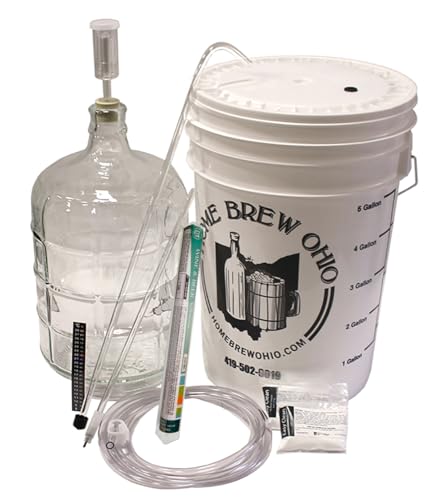RegionRat
Senior Member
- Joined
- Nov 15, 2012
- Messages
- 759
- Reaction score
- 151
I like your enthusiasm towards being accurate with alc. in your wine. Yes wineries must be within 1% abv. Region Rat, your on the right track and I hope your glass equipment works but should be cal. with an ebulliometer. I have been taught that you should never use a refractometer after fermentation starts. Alcohol renders it useless. It will give you a reading but its not accurate. As for the ebulliometer, well it's built for one reason, accuracy. Again, I was taught that the wine sample must boil within 2% points of the water boiling point. This means that you must dilute the sample usually 4/1 or 5/1 to get close to the water boiling reference point. This is done because of accuracy. Then take the results and times it by 4 or 5. The farther away the less accurate. I have tried this with full strength, half, it matters. If any of you want to send me a 100mil sample, I would be glad to test it for you. There are wineries that I have visited that don't know how to use an ebulliometer correctly. Hope this helps.
Pleasure meeting you, thanks for the reply.
I built the ebulliometer for two reasons. First to get an idea of the ABV and second to see if I could build one. I really do not think it needs to be calibrated against the values from a commercially made ebulliometer .As I do not have any formal chemistry or physics training other the basic High School and a few classes in college. The physics/ chemistry is the should be the same in what I have built and what you are using. I am not a commercial winery so I really don't need to have 100% accurate results. I am happy being 3-5% of actual ABV. I would like to send you a sample you us to compare results. I would like to know more about the procedure you mentioned using. There is not a lot of information on the use of an ebulliometer on the internet.
The refractometer I bought before I knew the the alcohol changes the value of the reading. But that makes sense now. It is for testing sugar concentration in a water solution. I was kinda bummed thinking I had wasted that money. I emailed the manufacturer and the pointed to the More Wine web site. Where found an Excell Work Sheet to do the conversions form Brix to sg.. All is well now.
Thanks again for your observations.
RR





















































